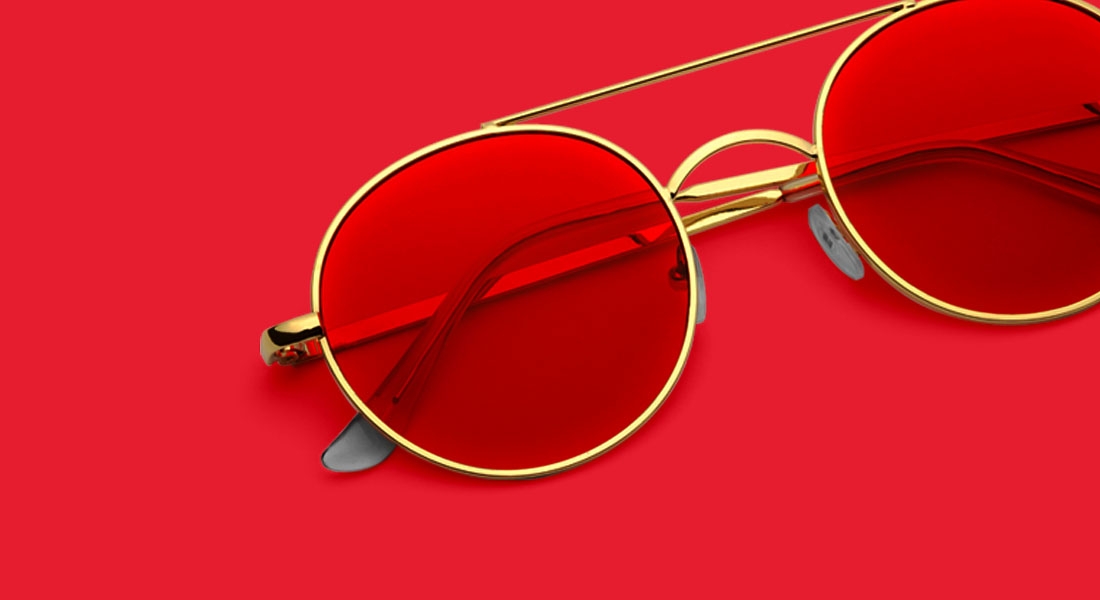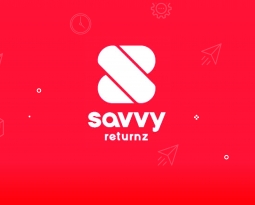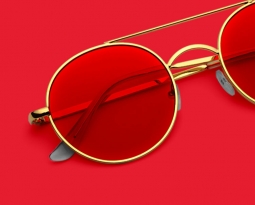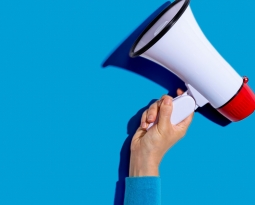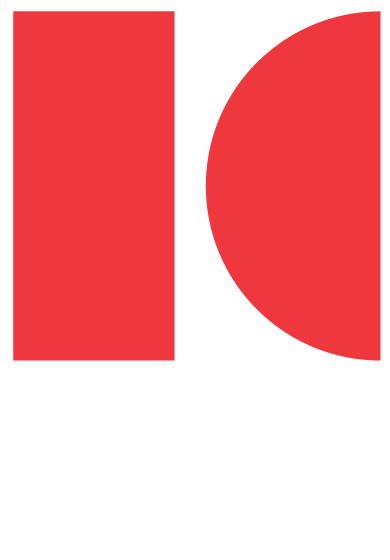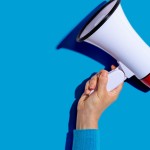The roads of America are covered with billboards, each of them vying for their audience’s attention. We’ve discussed important things to consider when designing your billboard, such as the messaging, the location, and how to get creative. But with the bustle of everyday life, people usually only have a few seconds to catch sight of your carefully crafted design. How can you ensure that in those few seconds, your audience can read and understand your billboard from the street?
Here are some things to consider when designing your billboard to make sure it is legible to your potential customers.
Font Size
Choosing the correct font size is vital when creating a billboard. Too small and your viewers won’t be able to read it. Too big and you won’t have enough room for all the information you want to get across. First, you should make sure the most important information is the largest, whether that’s your business name, logo, slogan, or pricing. The viewers’ eyes will be drawn to that first and they’ll at least read the essential information, if nothing else. Next, you want to consider your viewing distance. The rule of thumb is that for every 10 feet of viewing distance, your font size should be at least 1 inch (or 72 pt.) tall. For example, if your audience is going to be 40 feet away from your ad, your lettering must be at least 4 inches tall (or 288 pt.) for it to be legible. But even with this rule, it’s a good idea to put your font size choice to the test. Print out a copy of your billboard design and put it on the wall. Stand back 10 feet and glance at it for only three seconds. Were you able to read the ad? Perfect! If not, make the font size bigger. You might also consider having someone unfamiliar with the billboard do the same test. A fresh eye can be the best judge.
Font Style
Much like font size, the font style you choose for your billboard is an important decision. You want something that is eye-catching, but simple. A style that isn’t too over the top, but also won’t pass by your viewers without their notice. You’ll want to ixnay fonts that are too fat or too tight because the words can bleed into each other when a person zooms by. Fonts that are too thin or faint will fade into the background. Overly stylized fonts will be a challenge for your viewers to read. Cursive fonts, for example, are a no-no. Print is much more natural for today’s readers. Consider using the font you’ve chosen for your brand, so you can stick in your viewer’s mind and build that brand awareness. If, however, your brand font isn’t the best fit for a billboard, try one of the better-known billboard fonts, such as Arial, Calibri, Helvetica, Lucinda Grande, Tahoma, or Verdana. These fonts are simple, clean, and naturally draw the viewer’s eyes towards them.
Kerning
Kerning refers to the spacing between letters and it’s another necessary aspect to consider when designing your billboard. If your lettering is too close together, it will look like a blur when your viewer goes speeding past. Having the letters too far apart might make the wording confusing and eligible. A big random gap between two letters can distract your viewer from the message you’re trying to get across. Pay attention to your ad’s tracking, or the even spread of letters across a word. You also want to take kerning into account as you write out the content of the ad itself. For example, if your ad includes the word “clip” but the “c” and “l” letters are too close together, it can look like the word “dip.” Kerning can help you make your message more clear (not dear).
Clutter and White Space
With so much space to fill and so much information to get across it can be tempting to fill your billboard as much as possible. The more information the better, right? Not so for billboards. It’s important to include only the most vital information to stop your billboard from looking cluttered. If the billboard looks too busy, viewers who are in a hurry won’t bother to read it. Or if they do take the time to look, a cluttered billboard can be confusing and downright unprofessional looking. To avoid a messy ad, consider your billboard’s white space, sometimes called negative space. This is the space around your billboard’s words, logos, or pictures. White space is there to make your billboard more legible and to help set the aesthetic with its coloring. It’s true that “white space” doesn’t need to be white, but it’s a good idea to use a neutral color. Something that draws the eyes toward it without clashing with your font coloring. Even though it may sound boring, a classic black text on a white background (or vice versa) can naturally attract attention. After all, most things we read are black text on white, whether in books or on websites. If you’re looking to get more colorful with your background, such as a vibrant red or a calming blue, just make sure the text color doesn’t clash.
At the end of the day, a billboard is only as effective as its legibility. Taking these aspects of design into account will ensure that your billboard is attracting new customers, building your brand awareness, and bringing in a return on its investment.

